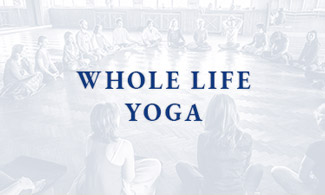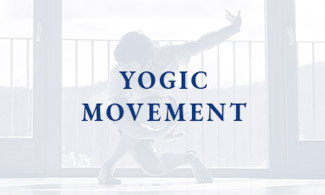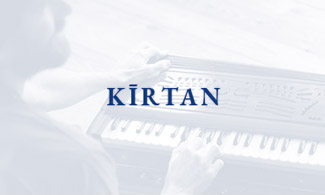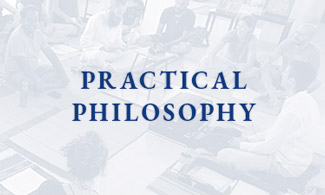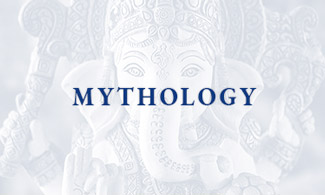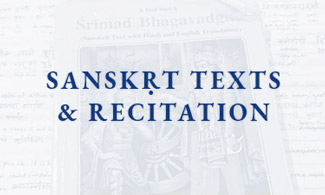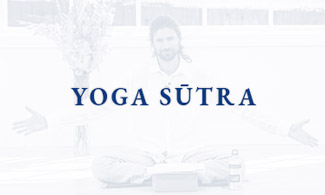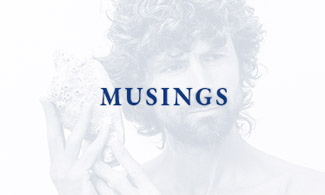
The Glorious Yoga Practice of Kirtan
Last Sunday a young child came to kirtan. I realised ‘after the event’, that I had missed the opportunity to really invite her into the practice in a way that could resonate with her and help her to participate so she might enjoy the afternoon ‘with the adults’. Her first language wasn’t English, but French, and the following morning I found myself speaking as if to her to initiate and invite her into the practice of kirtan as yoga. As I did this I realised what a gift this was as it prompted me to articulate some of my feelings about kirtan that I have not set down in words before. Then I thought to translate what I said into more general terms. And that is what is written here.
The glorious practice of kirtan February 2013
First, sit down, relax and allow yourself to become receptive, as receptive as if you were preparing to receive a special gift from your beloved who knows you better than anyone ever has…
Kirtan uses the consciousness-shaking power of sound to help us tune in to the glorious fullness that is our essence – and that’s why it’s called kirtan, from the Sanskrit root kīrt – meaning to glorify.
There are many ways to do kirtan. As Rumi is often translated: ‘there are a thousand ways to kneel and kiss the ground in prayer’. I love many styles of kirtan. One form I find particularly expansive, opening and transportative is the simple a capella kirtan that I share pretty much most places I go, and here at the sound chamber of a house where I live when I’m in Mysore.
When we gather for this type of kirtan, we gather with purpose, we gather to practice yoga. So what happens when we gather to practice yoga through kirtan? First, what does yoga mean? To unify. When we work with a yoga practice, we use a support to facilitate the experience of unification. In kirtan we take the support of sound and the voice.
Taking this support, it’s very simple. We listen. It’s the listening that counts.
We open all our sensitivity, all our sense organs. We don’t just listen with the ears. We feel the sound, the frequency, the vibration. We taste, we savour the sound and that allows us to sing not only with the voice, but with all of ourselves, the whole of our body, all our senses, so it becomes a very sensual act, all the senses integrated, and so it becomes an act of creating love, of making love, of becoming really very present, so we can offer ourselves to the sound, and to the energy of this sound. Because the energy of this unifying sound is love. Love: which unites everything; including that which seems impossible to unite.
During the practice, it is possible that we may hear a word we have never heard before, that doesn’t matter; just listen, carefully, attentively, and you may find you’ll be able to repeat that word! When we really listen, the more we really listen, the more we will access our innate capacity to recreate this sound. Because this sound, whatever it might be, is just one sound, one expression of the myriad possibilities of the infinite creative potential which is present, which lives, which vibrates in the heart of every human being.
During the practice, another thing that’s significant and very useful, is the collective energy. When we gather in this way, it gives each of us the possibility to experience at an individual level a sense of integration, yet thanks in part to the collective engagement. We do the practice together, but each of does it in a unique way.
Still, a key support is the energy of the group. So, if during the kirtan you need to move, to stretch, to get up, no problem. But how can you get up, or move your body in a way which is united with the energy of the song, of the kirtan? If you go to the bathroom for example, the opening and closing of the door has plenty of potential to make a noise, so how can you open the door in a sensual way, to aid the energy of the kirtan? When you wash your hands, your intention will reverberate in and through the room. So when you wash your hands: ’listen’. Make yourself receptive and make it an act of kirtan! Feel the glory of the liquid: the gloriously refreshing quality of the water. And when you feel that, everyone in the room will feel that. If you do it in an absent-minded way, we’ll also feel that, and that might create a slightly dissonant influence.
Also, in this house, I recognised for the first time this last Sunday when a young child came to kirtan; there are no toys here, yet it can still be an adventure playground. For me, I don’t consider this place my house, more a temple, a sacred space, a place for sincere sharing in satsang. In a temple, we don’t usually find toys. However, what do we find? A temple is conceived and constructed in such a way that its design and conception invites us to explore the internal realm so we can then see the external with new eyes. When we play, real play is exploration: to explore our capacities, our knowledge, our awareness, our sense of ourselves. So in kirtan, the playground is in the energetic sphere of our focused voices and where that resonates inside us: this technique and practice is an invitation to explore this inner realm. The most important thing is to listen.
So let’s do an experiment: listen! Yes, stop, and really listen… And when we really listen, what happens? We hear and become aware of those things that are always present, but which can escape our notice when our attention becomes scattered or dispersed. When we really listen, we can hear the rhythm of life: the pulsation of the heart, the pulsation of the breath. Yoga means listening, being attentive, being present. And when we really listen, with all our senses, with all parts of ourselves, we will be guided in our own song.
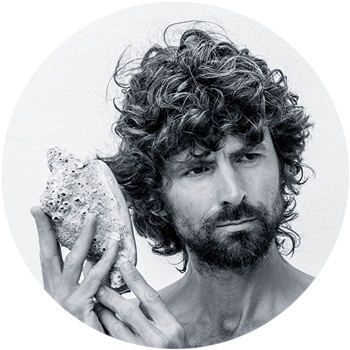
James Boag | Whole Life Yoga
The yoga of the whole human being. Practical philosophy, storytelling, movement, inquiry, looking in ways that reach beyond our habitual ways of looking.
Listen to James’ unique whole life yoga perspectives on the WHOLE LIFE YOGA podcast.

